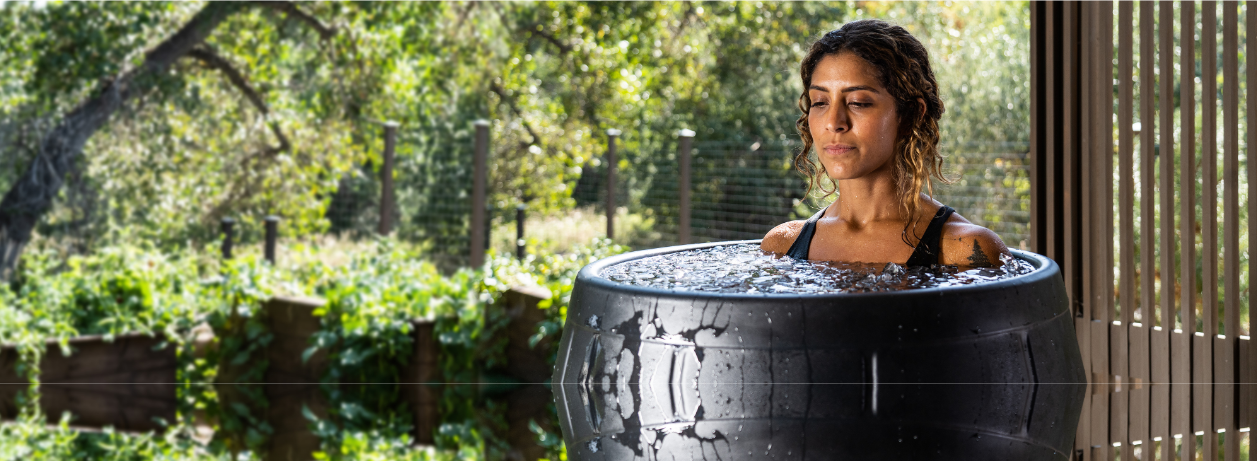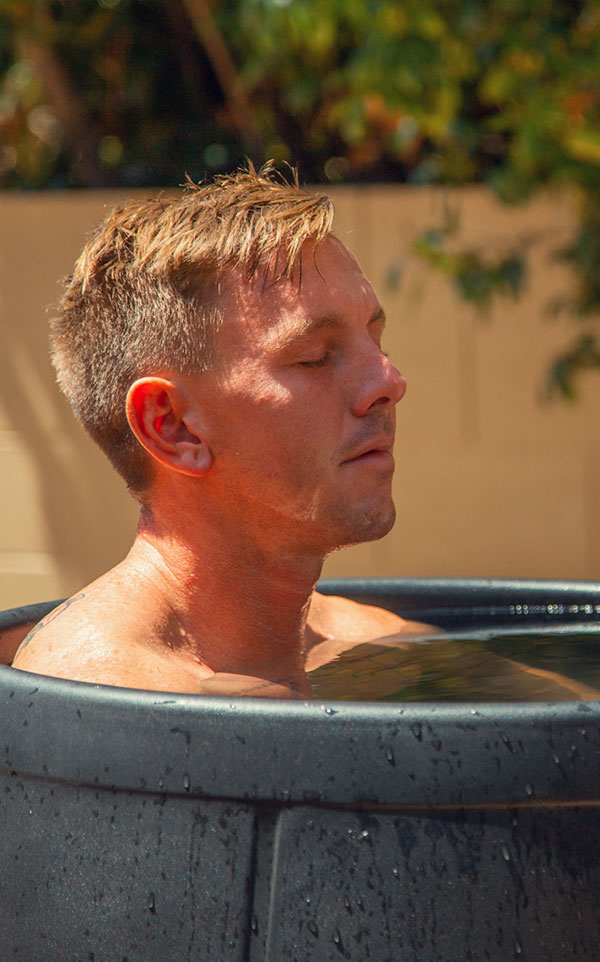7 Ice Bath Benefits That Make the Cold Worth It
When it comes to feeling better, people are willing to try just about anything. The simple act of getting in…


Explore our blog and learn about cold exposure benefits, science, stories, and latest information.
There are many ways to experience the benefits of cold water – from jumping into a frozen lake to high-end…
When it comes to feeling better, people are willing to try just about anything. The simple act of getting in…
Creating a cold therapy routine is a journey that can bring a range of benefits. From improved recovery to enhanced…
One of the biggest names in CrossFit, Brooke Wells is hoping to qualify for the CrossFit Games for the ninth…
David Maud Jr’s passion for health, longevity and biohacking has led him down a path of experimentation and self-discovery that…
Welcome to the Ice Barrel Holiday Gift Guide, where we’ve carefully curated a selection of gifts to help you feel…
John Lindsey is a movement coach and cold therapy enthusiast dedicated to enhancing his own capabilities and sharing what he…
Getting into cold plunging can feel a bit like joining a club (of the coolest kind). And just like many…
You’ve probably heard that going outside with wet hair is how you catch a cold. Or you’ve heard one of…
When it comes to getting your ice bath cold and keeping it at the ideal temperature, ice blocks can be…
Taking an ice bath at home is one of the easiest, most convenient ways to make cold therapy a part…
Exposing yourself to cold can open you up to numerous benefits, but what happens after we end a cold therapy…
For many ice bath enthusiasts, the cold plunge becomes a vital part of their wellness routine. If you’re feeling in…